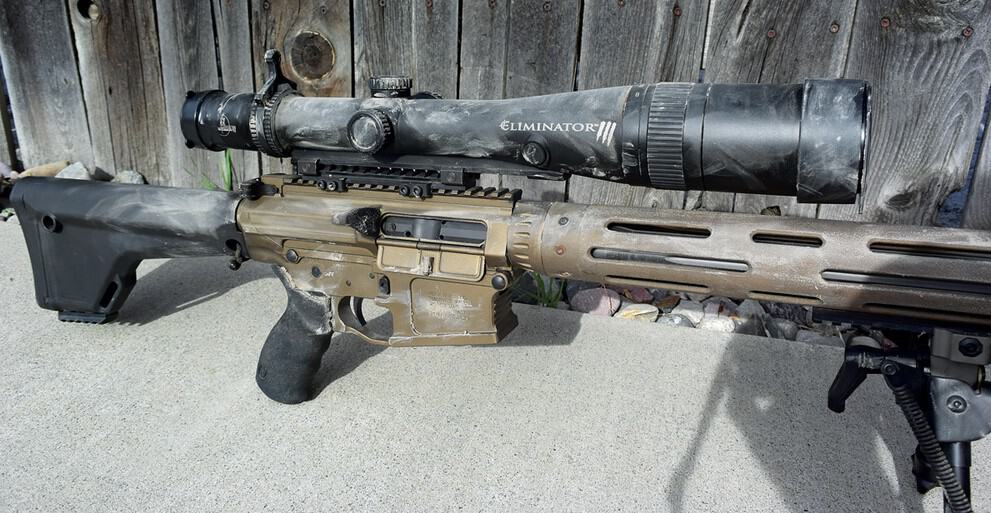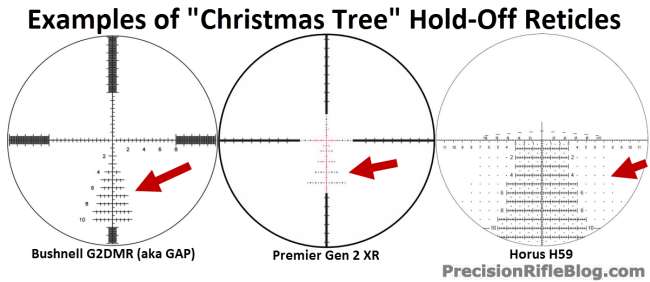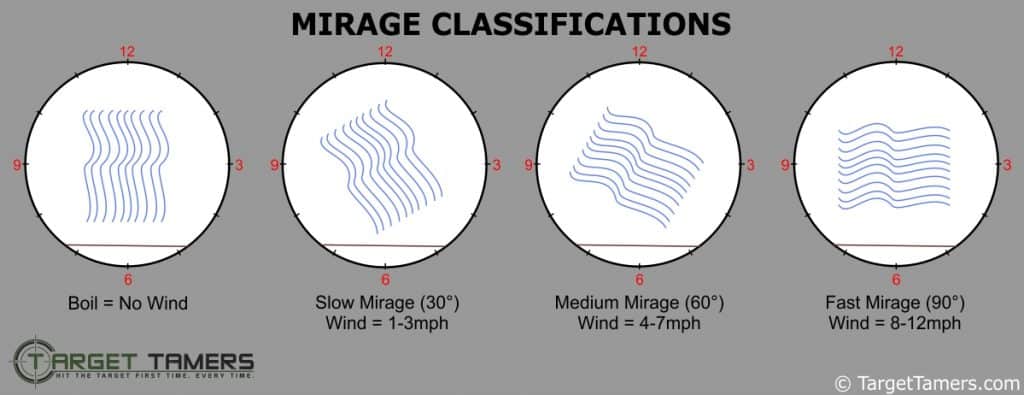You are planning a hunting trip with your buddy and think you have everything you need. Your rifle with a nice scope on it, rangefinder, binoculars, compass, plus all of the other necessary items in your day pack, or camping pack depending on how long and far you plan to trek. It seems like a lot of optics to tote around. Maybe you should consider a rangefinder scope.
Even if you still plan to take a rangefinder with you, a range-finding scope is a useful tool in your arsenal and convenient for estimating target distance. All it takes is learning how to go from a basic aiming point to a BDC reticle scope. With a little practice and some math, you will soon know how to use a rangefinder scope.
The BDC Reticle
If you are used to a simple cross-hairs aiming point, then you may find that a BDC or Bullet Drop Compensator reticle takes some getting used to. Many people actually prefer the BDC for longer distance hunting as they have proven to be quite useful for range estimating. It does not work the same as a range finder where it reads and calculates the distance for you. Instead, the reticle is set up like a graph. With some simple math formulation, you will know how to elevate your rifle accordingly to hit target points at certain distances.
Normally, a BDC reticle is set up with a number of horizontal hash marks on the verticle line, as opposed to just the simple cross-hairs. These marks represent different distances, so if zeroed in properly, you should be able to adjust where your bullet lands by elevating to the proper hash mark at the desired distance. A Christmas tree reticle is an example of this.
Many times, you will also see horizontal hash marks on the vertical line. These compensate for wind at certain distances. Keep in mind that whether your scope is set up in MOA or MIL dots will make a bit of a difference. MIL dots are much more accurate and precise, but require more calculation, whereas MOA is a bit easier, but not quite as precise.
Calculating your distance properly is going to depend very heavily on what power your scope is at also. Most BDC reticles are tested at a very specific environmental condition, with a specific caliber and load weight and at a specific zoom power, and only work correctly at these exact conditions. Most are rated optimally for around the 300-yard range, though most long-distance hunters still prefer them for even longer yardages than this.
Calculation
If you have a Nikon scope or another scope that offers some kind of a ballistics program, you probably have access to a bullet drop calculator of some sort. There are also charts you can get to give you a rough idea. Otherwise, there is a formula for figuring out your distance depending on whether your scope is in Mil dots or MOA.
The formula to remember is WERM, or Width Equals Range x (MOA or Mil) Measured. So finding the Range would be your target width in inches divided by MOA or Mil-dots on your reticle, then multiply that by a special constant number. The MOA constant is 95.5, but some people use 100 just to make things easier, though a little less accurate. The Mil constant is 27.8.
An example of this is if your standard deer chest is 18 inches wide and takes up 4 Mil-dots on your reticle, then per the formula: 18/4=4.5 x27.8= 125.1 yards away. Knowing this, you can now aim the correct aiming point per the distance and get a more accurate shot at your target.
You can find charts to calculate your windage as well. The first thing to determine your wind if you don’t have a wind reading device is to remember the basic rules of mirage and how they pertain to windspeed. You should be able to tell which direction the wind is blowing from, and remember that the wind will blow a projectile in the direction of travel.
Once you know approximate wind speed, you can determine how far to move your aiming point left or right. The formulas are different based on the bullet you use, so it’s nice to have a wind reading device like a Kestrel wind meter.
Pros And Cons
Like anything else, even rangefinder scopes have cons as well as pros. Obvious pros would be that you can estimate the distance and compensate for bullet drop or wind with a range-finding scope, which is very handy in itself, but even better when you don’t have a hunting partner to range your target for you.
Many long-distance hunters do prefer DBC reticles over others, but there are cons to be considered as well. One of the big ones is that to accurately estimate your bullet drop, you have to use the exact elemental conditions, magnification, bullet caliber, load weight, and barrel as was used to test and set the range points. If you want to use a different load weight, you will probably be off or have to find a tweak in your ranging calculations to put your points on accurate again. You can’t change the magnification at the risk of being off. There are just many factors to consider.
Conclusion
Hopefully, you now have a little more insight on how to use a rangefinder scope and what you need to know to operate one properly. They should not be scary or intimidating, just a little more to know. Once you have slain your first deer with one of these scopes, you will probably always be sure to have one at the ready.
As with anything, becoming really good with a rangefinder scope requires practice and learning your scope at different ranges and with different environmental factors. So get out there and do some shooting!
If you enjoyed this article you’ll probably like these:





